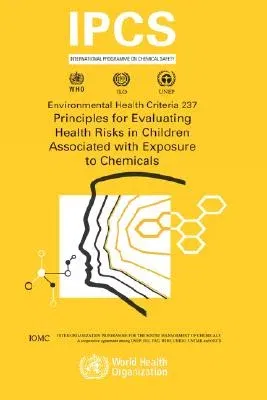Scientific knowledge in recent years has demonstrated that children are
a vulnerable population subgroup with special susceptibilities and
unique exposures to environmental factors that have important
implications for public health practices and risk assessment approaches.
The heightened susceptibility of children derives primarily from the
unique biological and physiological features that characterize the
various stages of development from conception through adolescence as
well as from certain behavioral characteristics and external factors
that may result in increased exposure levels.
This new volume in the Environmental Health Criteria (EHC) Series
provides a systematic analysis of the scientific principles to be
considered in assessing health risks in children; taking into account
their unique susceptibilities. The terms children and child as used in
this report include the stages of development from conception through
adolescence. This new EHC builds on previous volumes addressing
methodologies for assessing risks in children: EHC 30 Principles for
Evaluating Health Risks to Progeny Associated with Exposure to Chemicals
During Pregnancy (WHO 1984) and EHC 59 Principles for Evaluating Health
Risks from Chemicals During Infancy and Early Childhood: The Need for a
Special Approach (WHO 1986).
The central focus of this volume is on the child (developing embryo
fetus infant etc.) rather than on a specific environmental agent target
organ or disease. Thus it addresses the difficult task of integrating
all what is known about both exposure information toxicity data and
health outcome at different life stages, which is especially challenging
when data are limited for particular life stages (e.g. during
pregnancy).
The book will be useful to public health officials' research and
regulatory scientists and risk assessors.

